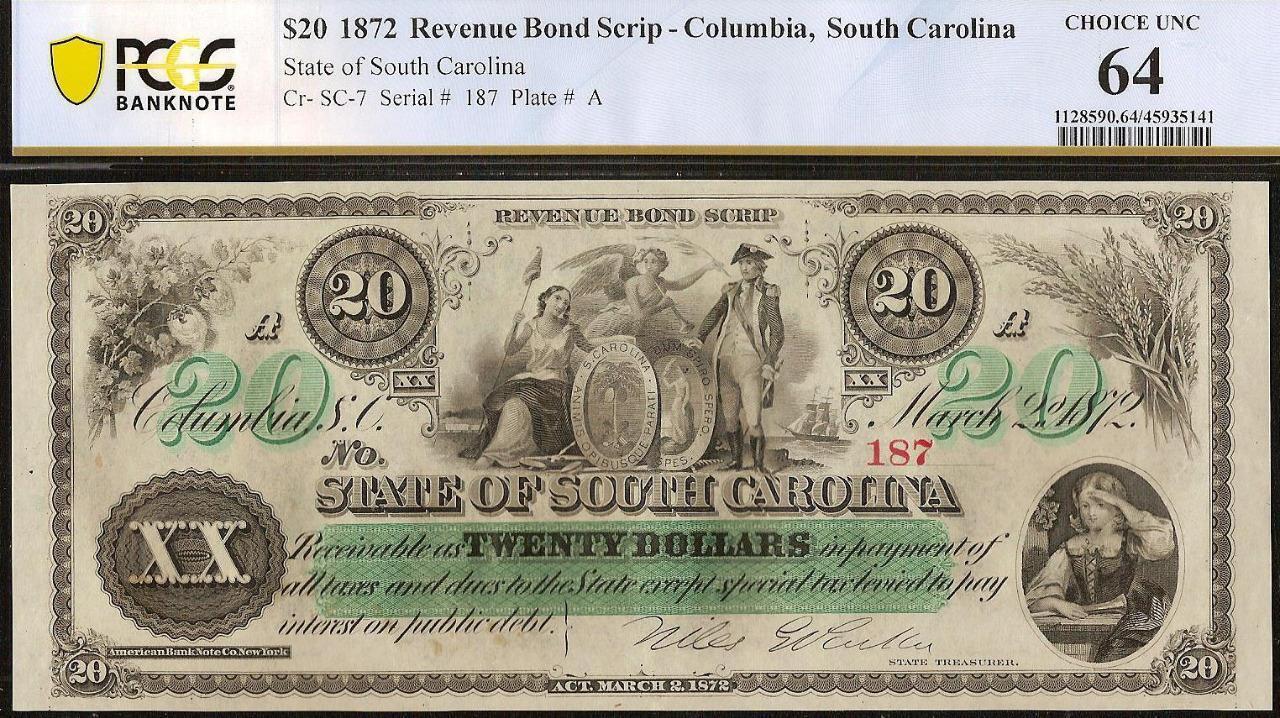-40%
1835 Monroe Bank MI Morman Bank
$ 5.01
- Description
- Size Guide
Description
Monroe Bank, Monroe County, MI; – 1835; Mormon Bank Note.Haxby M-280 G28
The primary historic interest in the Bank of Monroe is its relationship with the Mormon Church. It is the only bank in Michigan known to be owned by the Church.
All the members of the Board of Directors were Mormon leaders, except for the cashier, who was a neighbor to Joseph Smith’s home near Hill Cumorah.
The Bank of Monroe was incorporated on 29 March 1827, with a capital stock authorized at 0,000 to 0,000 and a corporate existence of 20 years. The early officers of the Bank were S.V.R. Trowbridge, cashier and John Anderson, president, who managed the bank from 1827 to 1830.
John Anderson was born in Scotland and came to Michigan by way of Montreal establishing a residence in the River Raisin in 1805. He was one of the cofounders of Monroe Village and was appointed Chief Justice of the court of common pleas in 1807. He organized a militia and fought in war of 1812, including the battle of River Raisin. He subsequently became known as Col. John Anderson. His report to the governor on the village of Monroe in 1817 helped form the town. He was a charter member of Monroe Masons in 1825 and elected treasurer that year. On 12 May 1827 at the first village election, John Anderson was elected president. Also, on 4 June 1832 John Anderson was again elected president of the village. On 19 April 1825 Col. John Anderson and seven others organized the Laplaisance Bay Harbor Company. It became the harbor for southern Michigan until completion of the government canal in 1842. Col. Anderson died at home in Monroe in 1841.
Steven Van Rensselaer (S.V.R.) Trowbridge was born on 4 July 1794 and came from well-respected prominent family in Albany NY. He was appointed to the Michigan legislative council in 1828 and served in the state senate from 1839 – 1842. He was also a Government agent at copper mines in the upper peninsula of Michigan, but lived most of his life in Oakland County, where he died 1 March 1859 in Troy.
In the summer of 1828 the Bank found itself in a precarious situation.
The NY Evening Post published the following on 3 July 1828:
Deception – Spurious Bills
We have been shown a well executed bill, purporting to be a two dollar bill on the Bank of Monroe, in Michigan, which, upon investigation proves to be a spurious emission, as there is no such bank in existence, to our knowledge.
The problems continued and the same newspaper later reported
:
the bank has closed its doors.
On 18 May 1830 The United States Gazette of Philadelphia listed the Bank of Monroe as a “Broken Bank.”
After closing its doors, the bank slipped into an hiatus of non-activity until late 1835 when it appears the bank attempted to re-establish itself by electing new officers: James Q. Adams, president; P. C. H. Brotherson (Philip Charles Hamilton), cashier; and George B. Harleston, assistant cashier.
The banks image slowly started to recover as shown in an article published in the
Buffalo Patriot and Commercial Advertiser on 20 April 1836:
Bank of Monroe, Michigan – This bank, which is now doing a good and safe business, we regret to perceive is set down in some of the eastern Bank Note tables as broken. This is doing the stockholders of this bank a great injustice., which should be corrected immediately, and we hope the New York and Albany editions with whom we exchange, will notice this fact, as an act of justice to this institution.
No bank paper is more safe, or circulates more freely, than that of the Bank of Monroe, in this section of country.
However, the bank did not fully recover until purchased by the Mormon Church. On 10 February 1837 in a public announcement by the Bank, Oliver Cowdery (scribe to Joseph Smith) was appointed Director and Vice President and Bailey Jenkins Hathaway, cashier.
The earlier bank officers signed many of the bank notes in 1835 and 1836, while the Mormon management also signed some of the bank notes in 1836. The Bank of Monroe became embroiled in an Ohio statewide banking scandal as part of the “panic of 1837”
and i
n January 1837 the Michigan legislature initiated an investigation into the president, directors and company of the Bank of Monroe. By June 1837 there was a bill introduced to repeal the charter of the bank. Ultimately the bank became known as The Mormon Bank.
This banknote was printed by Rawdon, Wright, Hatch & Edson, New York; on sheet “A” and has as its central vignette an allegorical depiction of Commerce holding a caduceus and key leaning on a shield displaying a government building. The vignette on the left is Ceres standing next to a crate holding several stalks of wheat and on the right is a female holding an olive branch and an eagle (possibly liberty) beside a cornucopia. At the bottom center is a small engraving of a putto with a cape, blowing a horn and riding a reindeer.
The note is payable to
A. D. Fraser
, (Alexander D. Fraser was a successful lawyer in Detroit). The note was hand numbered
102
, dated
Oct 6, 1835
and signed by
P.C.H. Brotherson,C
ashier and
J. Q. Adams
, President
The note has had the upper right corner professionally completed using archival paper and conservation techniques. It is in great condition with two tiny pinholes. It is an excellent sample of a Mormon Bank note.















